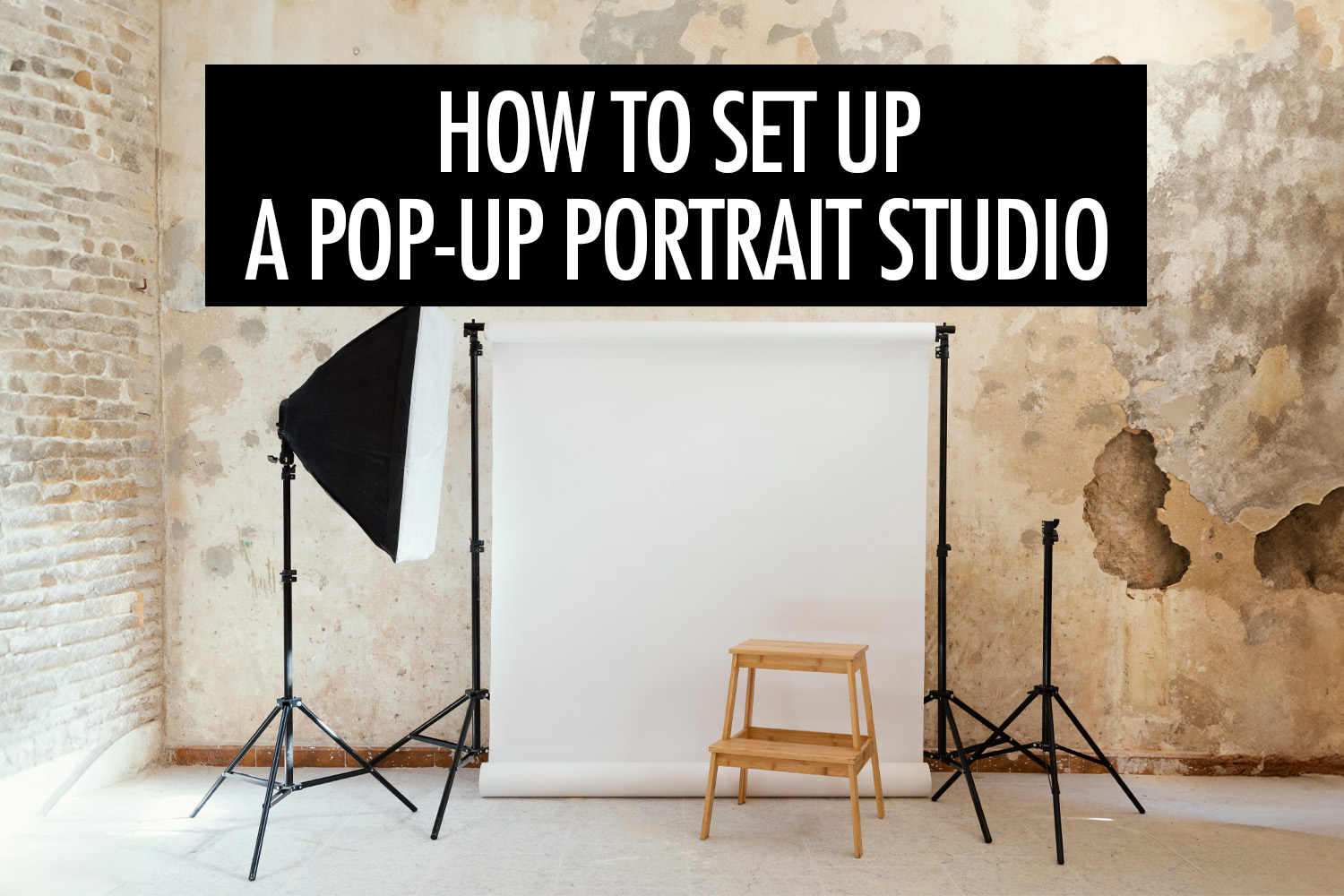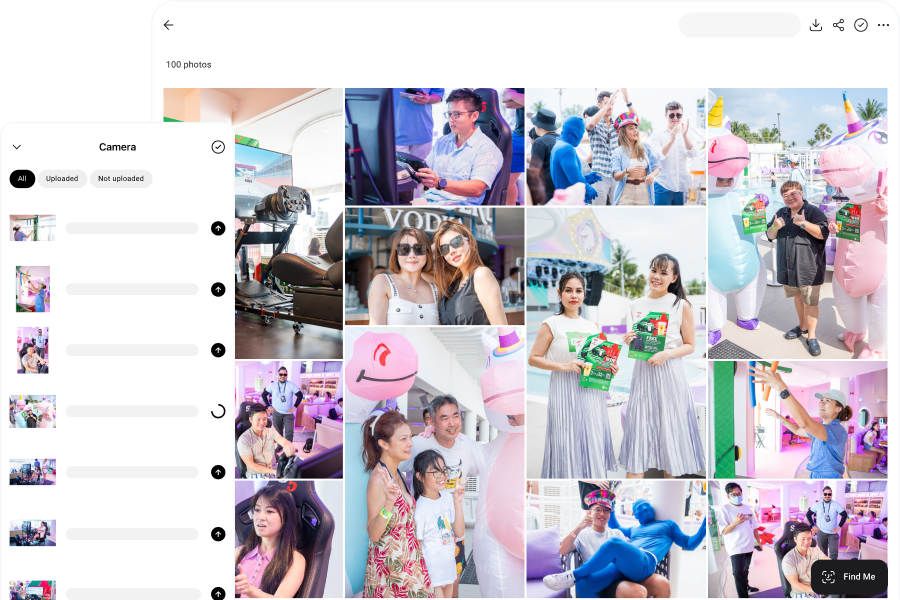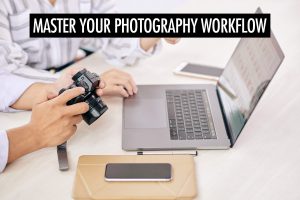If you’re an event or portrait photographer, the mobile portrait studio is one of the best kept secrets to help you generate extra income from live photoshoots.
The mobile portrait studio is one which you set up on-location—such as at an event or client’s office.
This is in contrast to the standard studio, which is at a fixed location—usually in an office or shop space that you rent out.
The great thing about offering a mobile portrait studio is that it opens up a whole new market for you.
In this article, we’ll talk about how to generate extra income from pop-up studios. Then, we’ll walk you through how to set one up.
Finally, we’ll let you in on how to elevate your mobile portrait studio experience—so you have an unfair advantage over anyone else who offers the same service.
Generate Extra Income
We’ve been offering mobile portrait studios since 2022 and have generated 5-figure revenues from it annually—and that revenue is growing every year.
There are two ways you can make money from this service:
- By charging clients, who hire you for live photoshoots
- By charging guests, through sales of digital photos or prints
Let’s cover both options.
Charge Clients
We’ve encountered two main types of clients who will hire a pop-up portrait studio.
The first type is the client who wants to have portraits taken for the whole company. Usually, this is to help them present a professional public face—with consistent headshots in the company website, blog and any marketing channel.
If the company has more than a few employees, it makes sense for them to hire a mobile portrait studio at their own office, to make it easy for everyone to get their portraits done.
This minimizes the disruption to their work day, because each employee can be done quickly and get back to work. It also minimizes the coordination required—imagine trying to arrange for 100 employees to go down to the photographer’s studio, with multiple conflicting schedules.
The second type of client will hire you for events. For example, we were hired by LinkedIn for live photoshoots at roadshows, to help visitors take professional headshots for their LinkedIn profiles.
We were also hired by Uniqlo when they introduced their new line of formal wear, to create a special engagement activity for their customers at their stores. Customers could try on the jackets and have a portrait taken.
Other examples are job fairs, school events and product launches.
Charge Guests
We prefer to be paid upfront by the client, but not every event will have the budget for a portable headshot studio.
If the event organizer is willing to provide space, you can still set one up and charge the guests for your service.
You can charge for either the digital photos or prints, and we’ll walk you through the process to quickly deliver them with Honcho.
If you want to make a decent return for your efforts, you should choose only the events where you’re likely to get paying customers. For example, this can work well for a school graduation event or baseball photoshoot.
It makes sense to do this during the low season, when you don’t have many bookings anyway. There is also the possibility of getting enquiries and referrals for other paid gigs.
How to Set Up
Because it’s a mobile headshot studio, we want to keep the setup as simple as possible. Hence, we usually work with two or three portable portrait lights.
These are the other factors that you might want to consider when you’re planning your setup.
- Portability: Get equipment that’s as small and light as possible, because you’ll need to pack and transport it to the venue. Everything should fit into the back seat or boot of a car.
- Ease of setup: When you get to the venue, you don’t want to spend an hour setting up your studio. Get equipment that’s easy to set up, such as quick-folding softboxes and a pop-up backdrop.
- Space: Think about the physical footprint of the portable portrait studio, and try to make it as small as possible. Often, you’ll have no control over the space that you’re given, and we’ve worked in exhibition booths that are just 3m by 3m.
- Power: If possible, get portable portrait lighting that you can either run on batteries or plug into the power outlet. We’ve been assigned to areas without easy access to any power outlet, and being able to run all of our devices on batteries means that we have a truly mobile headshot studio that can work anywhere.
Let’s run through an example setup that we did for the Uniqlo roadshow.
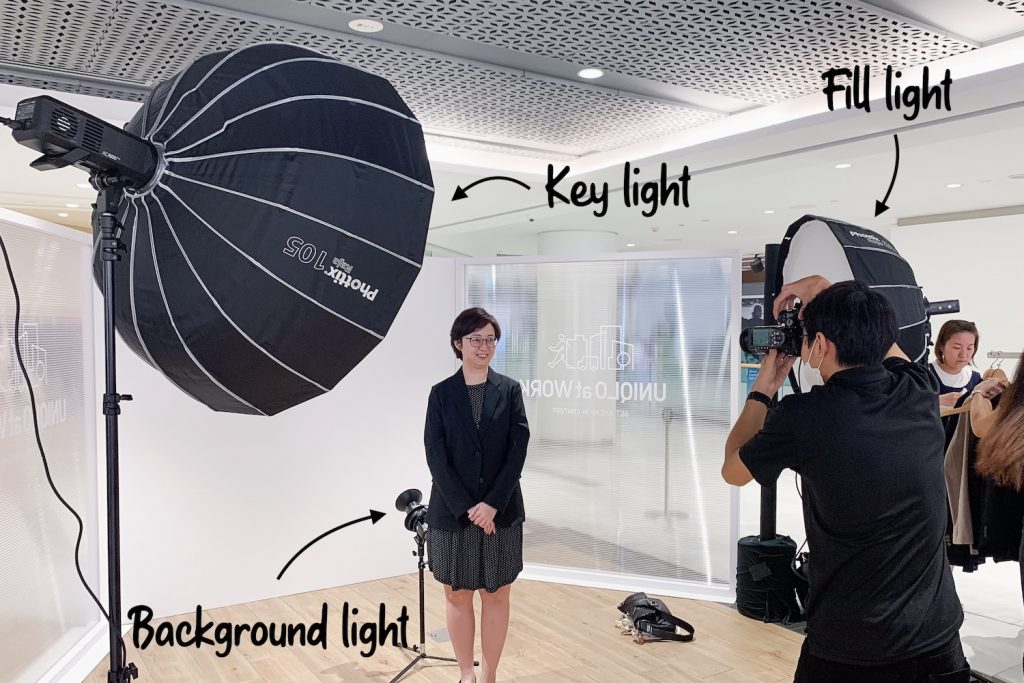
You can see that we worked with a three-light setup. There is a key light and fill light at the front of the subject, positioned at a 45 degree angle. You can adjust the power of the fill light to lighten up any shadows created by the key light.
For this particular shoot, we added a light that was pointed towards the white backdrop—so that we could get a light gray background in the final photo.
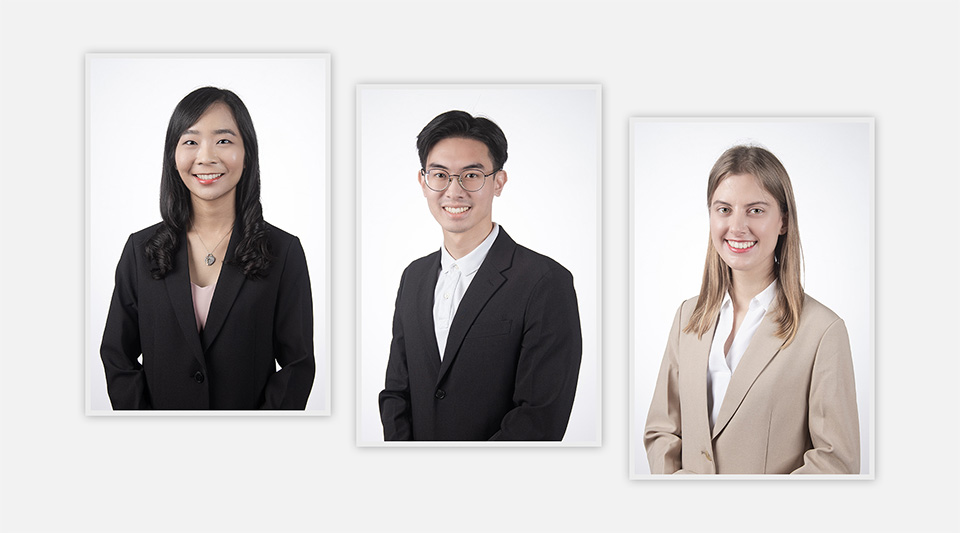
We’re not going into the details of portrait lighting in this article, because it’s a whole topic on its own.
That said, once you understand the fundamentals of hard and soft lighting, you can easily set it up for any shoot in a replicable way. Hence, we generally work with similar and portable portrait lighting setups across our events, to get a consistent style.
Over time, you’ll be able to set up your mobile portrait studio quickly—we take 15 minutes to get everything up and ready.
Value-Added Services
Now that we’ve covered the basics of the setup, let’s talk about value-added services.
These value-added services will help you win deals by offering live photoshoot features that no one else can, and make more money by upselling your clients.
In fact, these value-added services are the main reason why our clients work with us.
Without them, we would never have been able to work with companies like LinkedIn and Uniqlo.
The easiest way to provide these value-added services is with Honcho. In fact, we initially developed Honcho as an internal tool just for ourselves, to make our lives easier—it has helped us to eliminate most of the manual work.
It’s possible to do it without Honcho, and we’ll briefly cover that too. We’ve written about the alternatives in detail, in our articles on how to instantly share your photos and print on-site.
Set Up a Viewing Station
At every live photoshoot, we set up a viewing station for guests to immediately see their portraits on screen.
This is usually done on a tablet or laptop, but we’ve also set up a live slideshow on a TV screen for portrait shoots where privacy isn’t a concern—such as an internal company shoot.
The viewing station serves a couple of purposes.
First, it elevates the experience of the live photoshoot. Something magical happens when people see gorgeous photos of themselves on a screen—it’s like a switch flips in them.
We’ve had many photoshoots where people gathered around the screen to view the photos coming in, like it was the season finale of a hit TV show. They would talk and laugh about the photos, and it became a social experience for the whole group.
Second, it lets your guests choose the photos to be edited. For most company shoots, we edit the portraits before delivering them to the client, and this gives the guests control.
When you let people choose for themselves, it involves them in the process and cuts down on the back-and-forth—because you’re only editing the photos that they committed to.
Third, it allows you to instantly share the portraits with your guests. We’ll talk about that in the next section.
Now, let’s walk through the simple process of setting up the viewing station for your live photoshoot with Honcho.
Honcho lets you upload your photos from camera to cloud. Once the photos are uploaded, they can be accessed from anywhere.
For example, they can be viewed in the browser with a tablet—that’s your viewing station.
First, download Honcho for iOS or Android.
Then, create a session to upload your photos to. Sessions are how you organize your photos in Honcho, and you can create one for your portrait shoot.
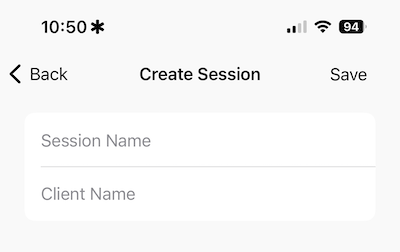
Next, tether your camera to your phone with a cable.
On the camera toolbar, you can see that your camera is connected.

Just like that, you’re all set!
As you shoot, your photos will automatically get uploaded to the cloud—you will see them showing up in the album.
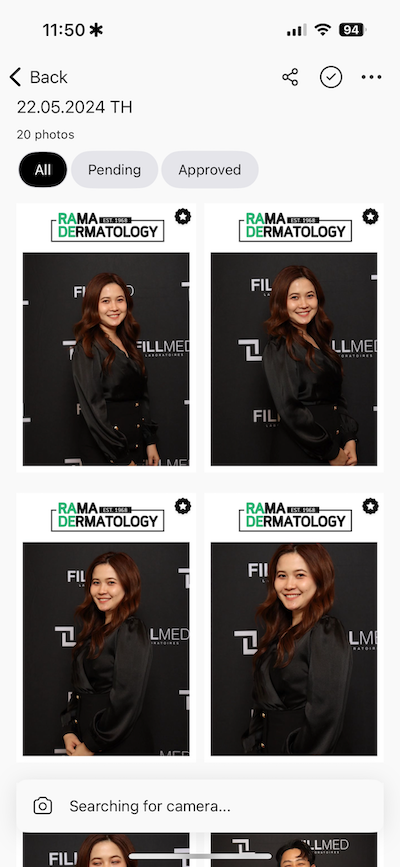
Honcho also has a website that you can access in the browser. Hence, you can open up the same album on your tablet or laptop—and that becomes your viewing station.

You can instantly apply editing presets or have an assistant edit the photos with the built-in collaborative photo editor. This makes it possible to deliver edited portraits in just seconds.
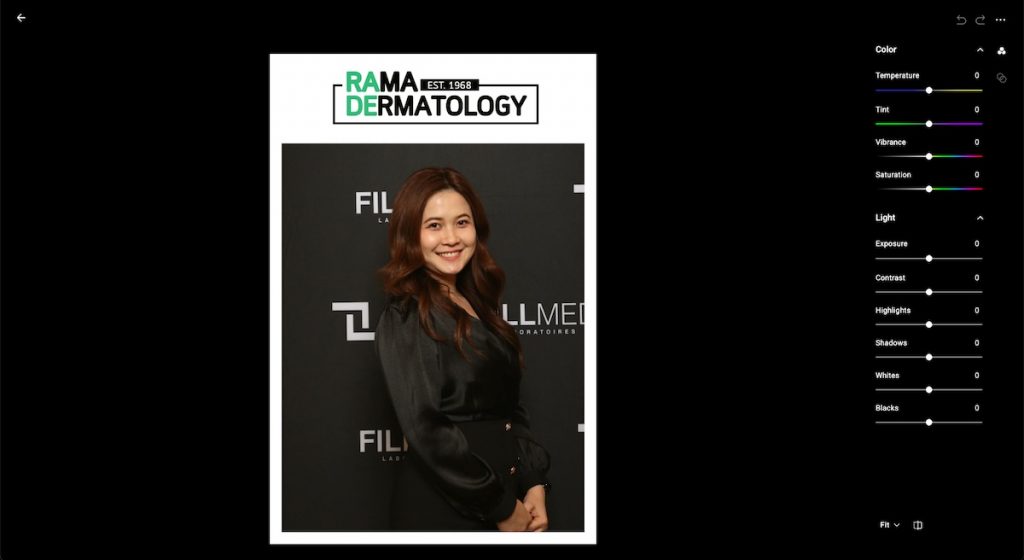
If you don’t want to use Honcho, you can tether your camera to a laptop—either with a cable or wirelessly.
However, you won’t be able to easily start a live slideshow or instantly share the photos, which we’ll cover next.
Instantly Share the Portraits
I mentioned earlier that we would never have been hired by LinkedIn and Uniqlo without Honcho. That’s because instant sharing was the key requirement, and there aren’t any good alternatives out there.
Instant sharing allows you to provide live photoshoots at public events—like roadshows, product launches and job fairs. If you’re looking to sell the digital files directly to the guests, you’ll also need to do this.
Why is instant sharing so important?
First, there is a time value to photos and you want to send the photos when the guests are the most excited to receive them. This is usually right after you take the photos—a lot of the excitement is gone if you wait a week.
Second, public events are open to, well, the public. Hence, you do not have contact information of the guests, and many companies do not want to collect that information for compliance or privacy reasons. If you can’t contact them, the only way to share the photos with them is right at the live photoshoot.
Third, even if you do collect the contact information, sending the portraits to each person individually is a hassle—and many clients do not want to take on that task. Unfortunately, that means that you’re the one assigned with it. You can either spend hours sending out the portraits after the shoot, or get all of it done at the shoot itself with instant sharing.
Honcho gives you two ways to instantly share the portraits:
- AI-powered face recognition
- QR codes
Let’s run through them.
AI-powered face recognition
In the album, tap on the Share icon, and let your guests scan the QR code to the online gallery.
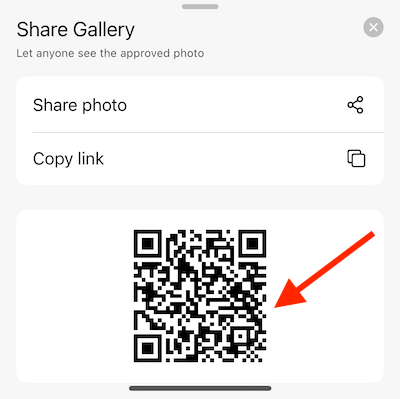
The online gallery is where the guests can view only your approved photos, and it gives you control over the photos that show up.
On the online gallery page, guests can tap on Find Me to take a selfie or upload an existing photo.
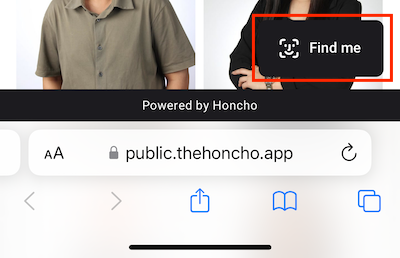
Honcho will then find all of the guest’s portraits with face recognition.
QR codes
In the album, select the photos that you want to share, and tap on the Share icon to get the QR code.
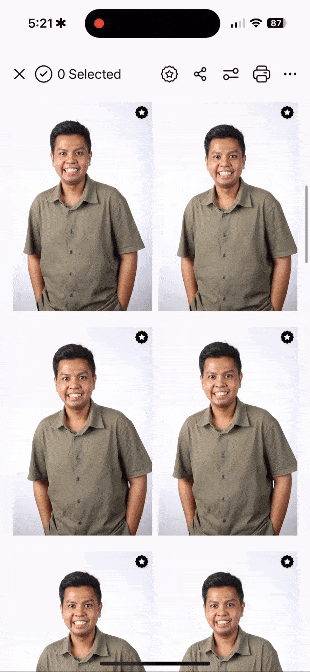
Scanning the QR code will open a gallery with just the photos that you selected.
Print On-Site
The third value-added service we provide is on-site printing, and it helps us to generate additional income from live photoshoots without much extra work.
Many clients want prints as physical keepsakes for their guests. If you’re not charging the clients, you can sell the prints directly to the guests.
Again, Honcho makes it easy to manage live printing.
Let’s start by getting your printer set up.
First, download and install the CloudPrint app on your laptop—it’s available for free for all Honcho users.
Then, connect your printer to your laptop. In CloudPrint, you can choose your printer and paper size.
Finally, give a name to your printer so that you can easily find it in Honcho.
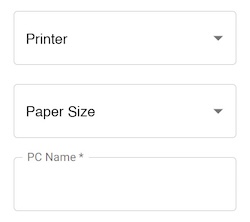
Click on Connect. Your printer is now online and ready to print wirelessly.
In the Honcho mobile app or website, select the photo to print. Then, tap on the Print icon.

Select the name of your printer and tap on Print. And that’s it, you have successfully printed with Honcho.
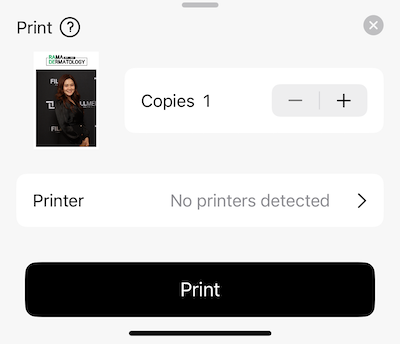
Since it works wirelessly, you can print on any device. For example, you can open up Honcho on your phone, and send the prints wirelessly to your printer—which is connected to your laptop.
This gives you flexibility in your live photoshoot workflow. For example, you can have an assistant to manage the printing—accessing Honcho from the same laptop that the printer is connected to. Or you can print the photos yourself from the mobile app.
Conclusion
The mobile portrait studio is an amazing way to generate extra income for your photography business.
It opens up a whole new market which isn’t accessible to the traditional studio—letting you provide live photoshoots at events such as roadshows and job fairs.
There aren’t many companies in our area offering mobile portrait studios, and Honcho has allowed us to differentiate ourselves and gain an unfair advantage—because there just isn’t anyone else who can do what we do.
Now, you can do the same for your own business, by signing up for Honcho.
Honcho has a free account for you to try out all the features that we’ve talked about in this article. You only pay when you’re ready to use Honcho for a live photoshoot.
And when Honcho helps you get new clients, it’ll pay for itself many times over with just a single booking.
In addition, you can join our affiliate program and earn up to USD$88.50 for every new customer that you refer to us. That’s a generous commission!

